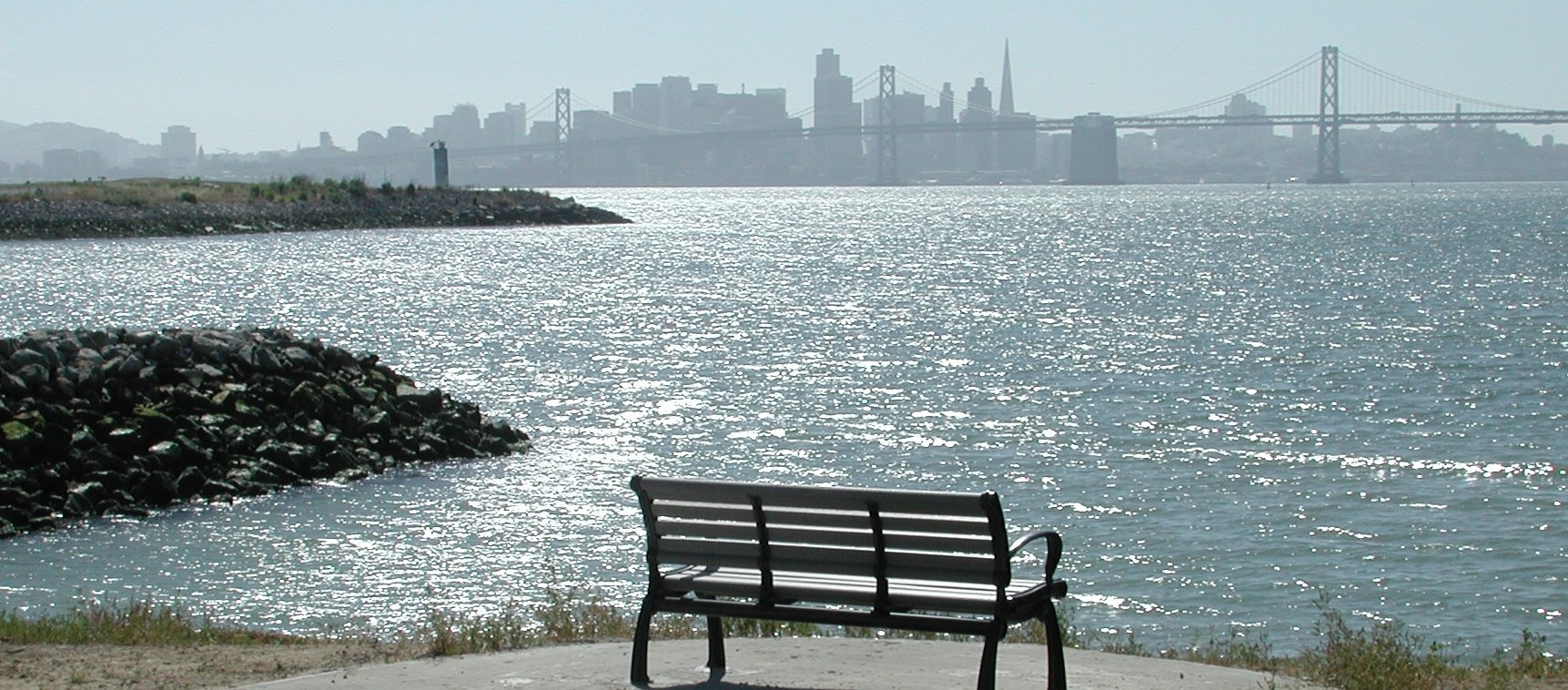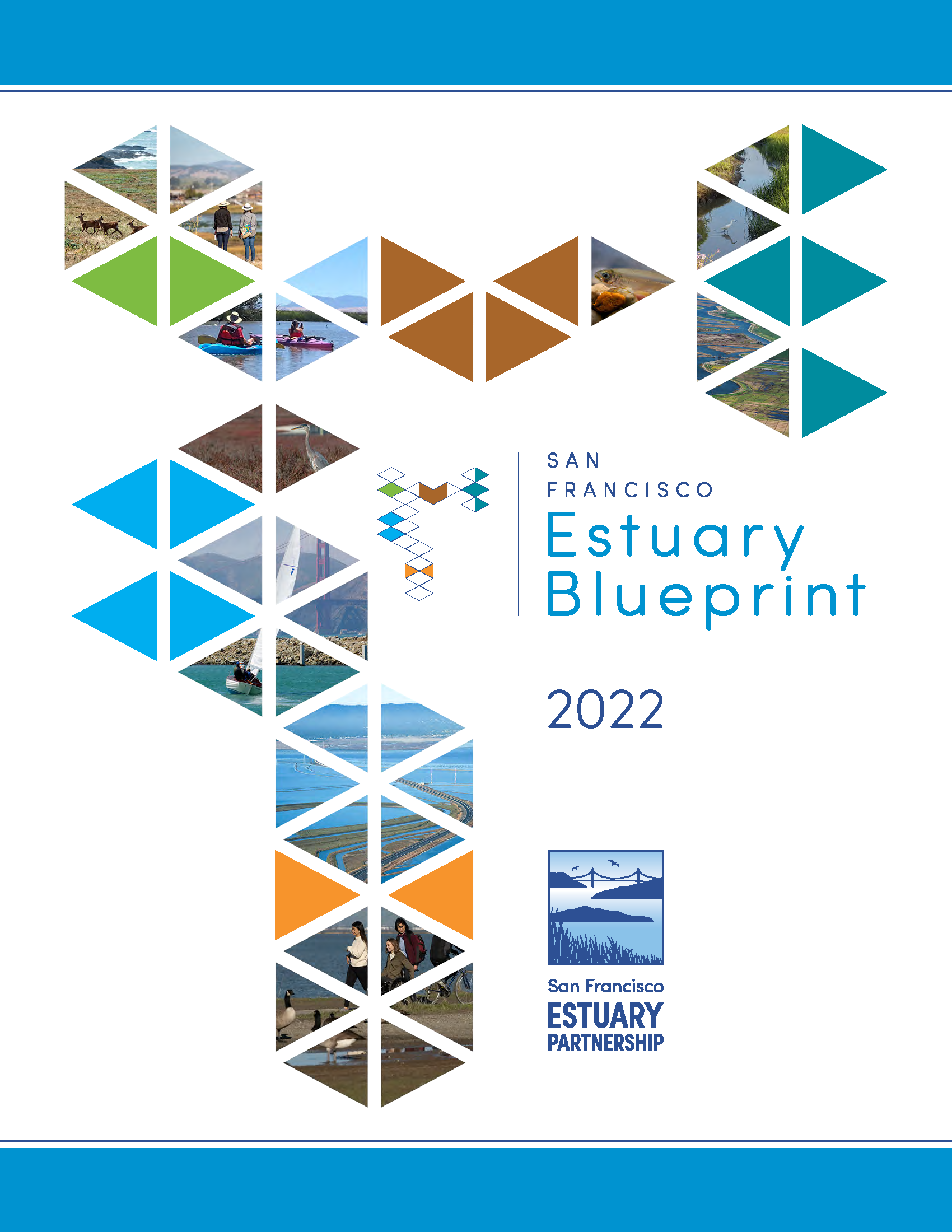Communities & Tribes
Commitment to Equity
The San Francisco Estuary Partnership anticipates the disproportionate impacts of climate change on vulnerable, underserved, and marginalized communities, especially those that are non-White, non-native English speakers, elderly, poor, chronically ill, uninsured, and/or renters. We acknowledge the subjugation, near decimation, and unjust theft of land from Indigenous peoples, the redlining and pollution of Black and other non-White communities, and the prolonged underinvestment and lack of accountability by government agencies and environmental groups.
We seek to understand our place in ameliorating decades of mistrust, discrimination, and wrongdoing, and aim to promote environmental equity in the San Francisco Estuary region in concurrent, complementary ways.

Indigenous Peoples’ Acknowledgement
We wish to honor the Native People who have stewarded the lands and waters of the San Francisco Estuary since time immemorial. We acknowledge that the San Francisco Estuary Partnership’s planning area includes the ancestral territory of the Karkin, Chochenyo, Tamien, and Ramaytush-speaking peoples; and the Miwok, Wappo, Patwin, Nisenan, Yokuts, and Wintun peoples. We recognize that through a violent history of colonization and dispossession, today, as guests, we benefit from living and working on the traditional homeland of these Native People. We wish to show our respect to them, their elders and relatives, and their ancestors by acknowledging the injustices inherent to this history and by affirming their sovereign rights and their current efforts to achieve restorative justice.
Consistent with our values of community, inclusion, and diversity it is vitally important that we recognize that the land on which we reside is unceded Tribal territory, and also acknowledge and support the Native Peoples that continue to form a crucial part of our San Francisco Estuary community today. We also acknowledge that Native Peoples remain dedicated to fulfilling their obligation to Creator to care for Mother Earth and all living things and return sacredness to the land, water and air through the restoration of traditional knowledge and stewardship led by the original Tribes of the Estuary region and beyond.
Our work to protect and restore the margins of the Bay should acknowledge and be informed by the history of injustices. We acknowledge that we are working on the land of Native people who were forced to relocate, and that it is often adjacent to or even on top of sacred cultural sites. Recognizing the intersections between wetland restoration, shoreline recreation, and historical sacred sites can facilitate opportunities throughout our Estuary to restore, create, and protect for multiple purposes. We do this work in good faith, knowing it is centrally important that we work toward repair, reconciliation, and reparations wherever possible.
We are working to build our capacity to be better stewards and allies to original peoples and disenfranchised communities across the Estuary. San Francisco Estuary Partnership invites Indigenous people to reach out to us to collaborate and identify opportunities for partnership.
Equity in the 2022 Estuary Blueprint
In the 2022 Estuary Blueprint, equity is both integrated in actions throughout the Estuary Blueprint and explicitly featured as its own action. This deliberate decision recognizes that if equity is not prioritized in our work, it will fall to the wayside and perpetuate an inequitable status quo. It also recognizes the need for broader stakeholder representation at the planning table in earlier phases of development. It seeks to prioritize the needs of those that have been marginalized from previous adaptation and other regional environmental planning processes and those that have historically lacked the ability to participate due to systemic and institutional barriers. See below for a list of Actions and Tasks that implicitly and explicitly advance equity in the San Francisco Estuary region:

Action 1: Task 1-3
Task 1-3: Establish a Regional Climate Resilience Equity Consortium run by community-based organizations to provide participation and input on an as-needed basis for climate resilience planning, policy, and implementation projects.
Action 2: All Tasks
Task 2-1: Develop a living network of Bay Area community-based organizations to foster collaboration and increase equity in planning and permitting decisions.
Task 2-2: Grow the capacity of community members and community- based organizations to be active leaders in improving the health of the Estuary, including funding, grant-making, and grant-writing assistance to result in restoration project planning, design, and implementation.
Task 2-3: Develop strategies or Best Management Practices (BMPs) in partnership with frontline and underserved communities for incorporating community priorities into the design and implementation of habitat restoration and nature-based shoreline adaptation projects. Coordinate with the Community-Based Organization Directory module in partnership with frontline and underserved communities.
Task 2-4: Develop Best Management Practices (BMPs) in partnership with Tribes, Tribal representatives, and Indigenous people for incorporating cultural knowledge and resource needs into the design and implementation of habitat restoration and nature- based shoreline adaptation projects.
Action 3: Task 3-1
Task 3-1: Develop strategies or Best Management Practices (BMPs) in partnership with frontline and underserved communities for incorporating community priorities into the design and implementation of habitat restoration and nature-based shoreline adaptation projects. Coordinate with the Community-Based Organization Directory module in partnership with frontline and underserved communities.
Action 16: Tasks 16-3 & 16-4
Task 16-4: Undertake a study to assess the social, cultural, and economic values, including non-monetary values, of freshwater flows to residents of the Estuary and beyond, including Tribes.
Task 16-6: Use the results of community-based toxic sites mapping to produce an updated and prioritized list of toxic sites, including the status of sediment quality and indicators of bioaccumulation associated with fish consumption warnings, to inform management needs.
Action 22: Task 6
Task 22-6: Use the results of community-based toxic sites mapping to produce an updated and prioritized list of toxic sites, including the status of sediment quality and indicators of bioaccumulation associated with fish consumption warnings, to inform management needs.
Action 24: Task 3
Task 24-3: Advance the consideration of equity and resilience within parks and open space planning efforts through development of two new Bay Area Greenprint modules using Geographic Information System (GIS)-based analytics and tools.
Action 25: Task 4
Task 25-4: Support and expand Estuary-oriented outreach and education programs provided by local and community-based organizations, either through direct funding, by developing materials, or through other tools to be identified in collaboration with existing programs.